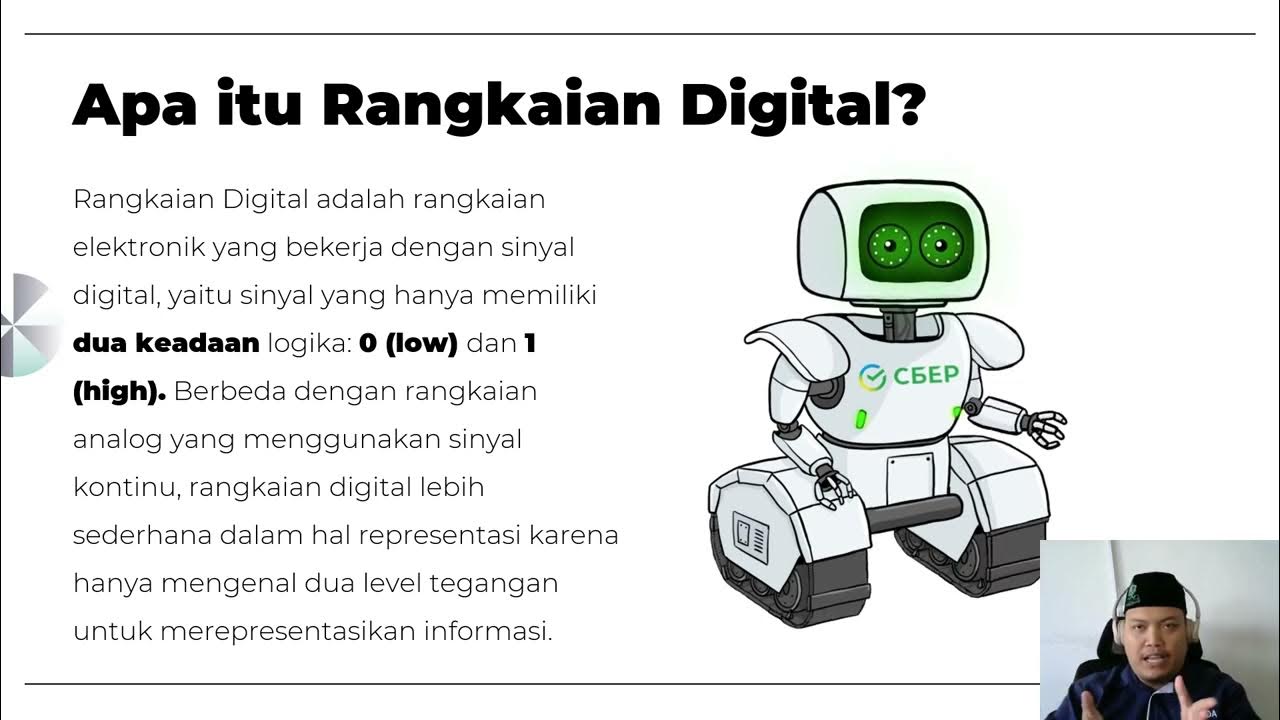TV Transmissions & its Types | How Television Broadcast Works?| Satellite & Digital Television Types
Summary
TLDRThis 5mtv lecture educates viewers on various TV transmission types, including analog terrestrial, satellite, cable, digital, web, and IPTV. It explains that terrestrial TV relies on radio waves for transmission, while satellite TV uses satellites and dishes. Cable TV distributes content through a network of cables and amplifiers. Digital TV offers superior picture and sound quality, and web TV streams content over the internet. IPTV delivers live TV and video on demand over the internet. The lecture also touches on VHF and UHF frequency bands, noting the transition from analog to digital broadcasting.
Takeaways
- 📺 Terrestrial TV refers to TV broadcasting without satellite transmission or underground cables, using VHF or UHF frequencies.
- 🌐 Satellite TV involves signals carried by communication satellites and received by satellite dishes and set-top boxes.
- 📡 Cable TV, also known as CATV, distributes audiovisual content primarily through pay TV services using a network of cables.
- 🔵 Hybrid Fiber Coaxial (HFC) Network is a second-generation cable network combining fiber optic and coaxial cables.
- 📱 Digital TV (DTV) provides a larger number of channels and better picture and sound quality using digital broadcast formats.
- 🌐 Web TV is internet-based transmission of programming, initially linear video streams broadcasted on the internet.
- 🌐 IPTV delivers live television programs over the internet, allowing access to video on demand and live broadcasts.
- 📶 VHF is suitable for short-distance communication and is less affected by electrical equipment and atmospheric noise.
- 📡 UHF has higher frequencies and is used for broadcasting digital television, with most analog TV having been discontinued.
- 🔔 The video encourages viewers to subscribe, share, and suggest new tutorials, emphasizing viewer engagement.
Q & A
What are the different types of TV transmissions mentioned in the script?
-The script mentions several types of TV transmissions including analog terrestrial TV, satellite TV, cable TV, digital television (DTV), web TV, and IPTV.
How is terrestrial television defined in the script?
-Terrestrial television, also known as over-the-air (OTA) television, is defined as a mode of broadcasting that does not involve satellite transmission or underground cables, and the signal is transmitted via radio waves from an earth-based transmitter to a TV receiver with an antenna.
What is the role of a satellite dish in satellite TV?
-In satellite TV, a satellite dish is used to receive television signals that are carried by communication satellites and then received by the dish and set-top boxes.
What is the difference between VHF and UHF in the context of TV broadcasting?
-VHF (Very High Frequency) includes channels 2 through 13 and occupies frequencies between 54 and 216 megahertz, while UHF (Ultra High Frequency) includes channels 14 through 36 and occupies frequencies between 470 and 700 megahertz. VHF is better for short-distance communication and less affected by interference.
How does cable TV distribute television channels?
-Cable TV distributes television channels by receiving and processing them in a central location and then distributing them through a network of optical fibers or coaxial cables and broadband amplifiers.
What is the advantage of digital television over analog methods?
-Digital television provides a larger number of channels and better quality of picture and sound compared to analog methods. It uses a digital broadcast format rather than conventional analog methods.
What is web TV and how does it differ from traditional TV?
-Web TV is internet-based transmission of programming, initially a linear video stream broadcasted on the internet. It differs from traditional TV as it can be accessed through various devices like computers, mobile phones, and TVs with a decoder, and it includes features like video on demand and live streaming.
What does IPTV stand for and how does it deliver content?
-IPTV stands for Internet Protocol television. It delivers live television programs and video on demand content over the internet in real time, instead of using antennas, satellite dishes, or fiber optic cables.
How is the content delivery of IPTV different from online video sharing platforms?
-IPTV content delivery is different from online video sharing platforms like YouTube in that it streams video content in real time over the internet and often operates on a subscription-based model, whereas platforms like YouTube allow users to upload and share videos.
What is the significance of the transition from analog to digital television mentioned in the script?
-The script mentions that most analog TV went off the air in 2009, and by 2021, the remaining TV channels could only be used for broadcasting digital television. This transition signifies a shift to more efficient and higher quality broadcasting methods.
What does the script suggest about the future of the satellite television industry?
-The script suggests that the satellite television industry is changing towards a more commercial and mass production model, indicating a shift in how content is produced and distributed.
Outlines

此内容仅限付费用户访问。 请升级后访问。
立即升级Mindmap

此内容仅限付费用户访问。 请升级后访问。
立即升级Keywords

此内容仅限付费用户访问。 请升级后访问。
立即升级Highlights

此内容仅限付费用户访问。 请升级后访问。
立即升级Transcripts

此内容仅限付费用户访问。 请升级后访问。
立即升级浏览更多相关视频

Internet Connection Types - CompTIA A+ 220-1101 - 2.7

Lect 6 Optics, Wireless and Satellite Communications Part 1 of 5

Cable TV vs Satellite TV | Which Is Best for You?

Bab 3 Aktivitas Belajar 3 3

DC#40 M ary PSK Transmitter and Receiver || EC Academy

Pertemuan 1 - Mata Kuliah Rangkaian Digital- TA 25/26 Ganjil - UNUSIDA
5.0 / 5 (0 votes)
